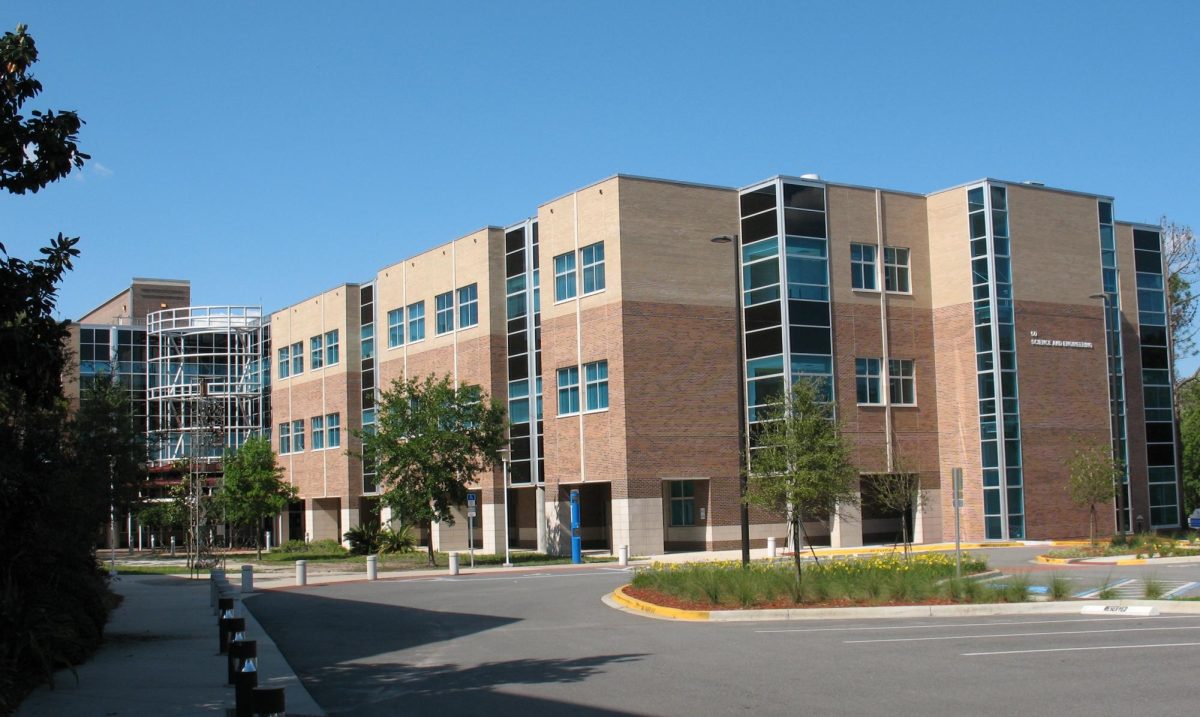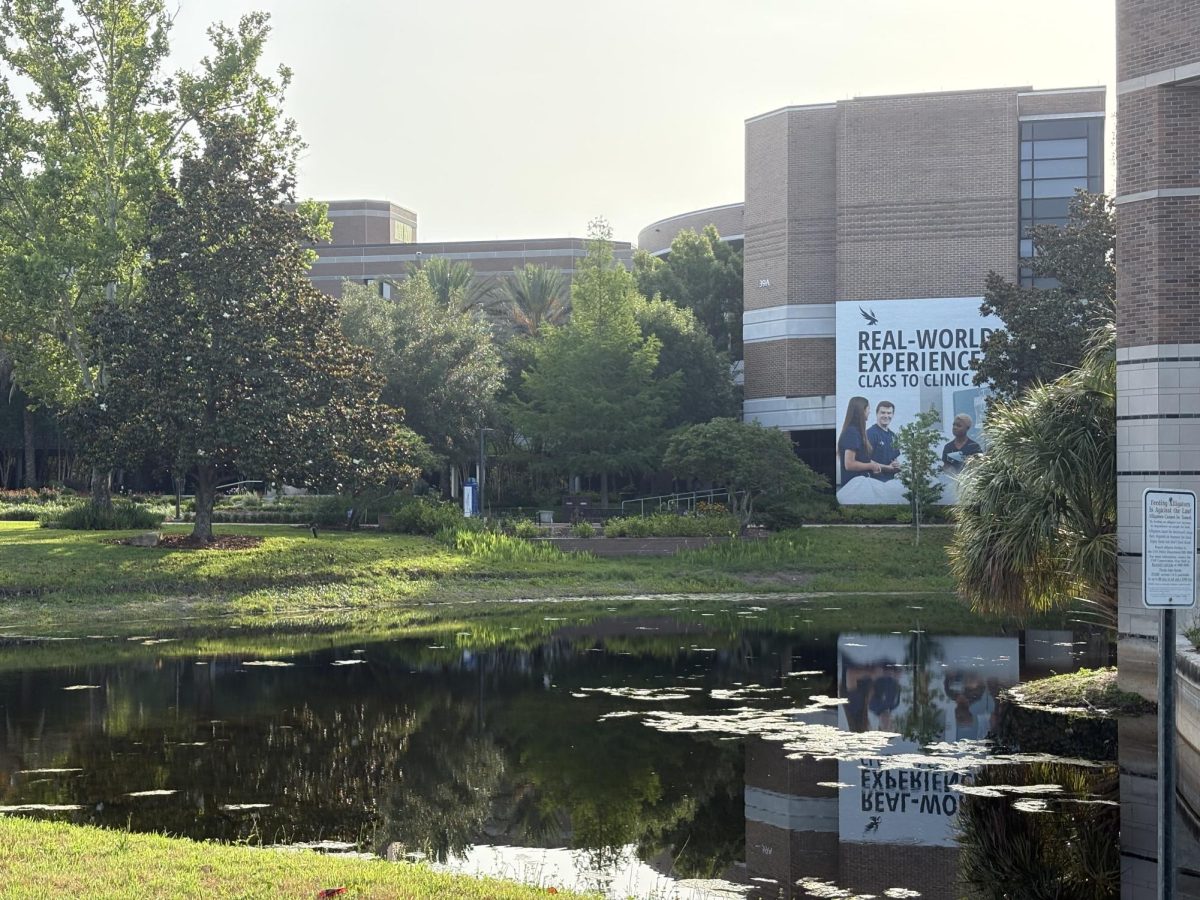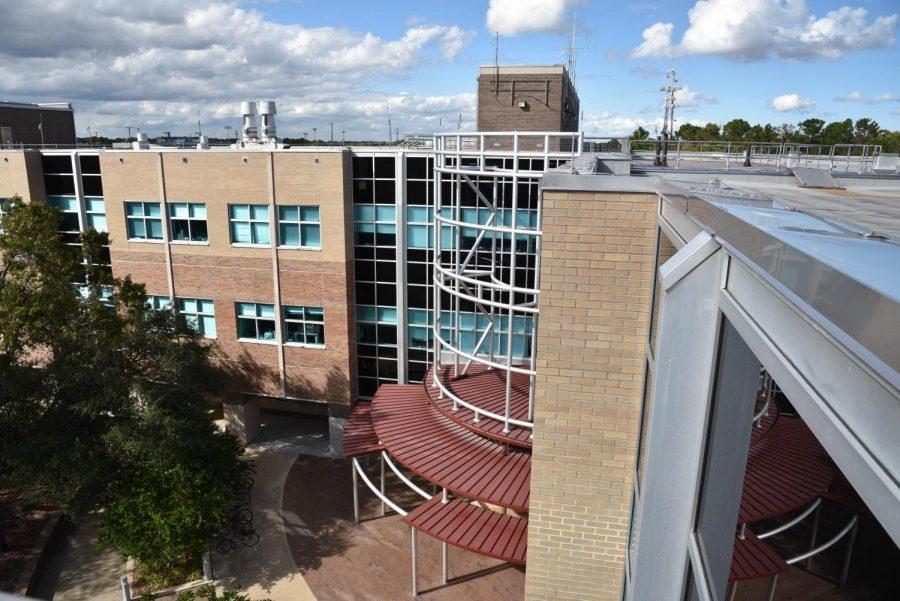Like a bat out of hell, Atlantis rocketed and disappeared into the Earth’s atmosphere July 8, and with it went NASA’s 30-year, human spacecraft program.
Atlantis and its four astronauts dodged bad weather and thrilled hundreds of thousands of spectators at the Kennedy Space Center as it launched gracefully into the gray skies of the Sunshine State, rousing emotions on a level not seen since the Apollo moon landing.
After days of rain and gloomy skies, Atlantis lifted off at 11:29 a.m. — a 2½-minute delay from its originally scheduled take-off — due to a last-minute glitch involving a system that verifies the retraction of a gas-venting arm from the shuttle.
It marked the 135th and final shuttle launch.
Finally, after the technical delay, the countdown clock struck zero and Atlantis took off, streaking into the sky on what looked like a tower of blazing fire, and cheers roared from the legions of spectators gripping their cameras.
The crew’s 12-day mission is to deliver a crucial payload of supplies to the International Space Station and return with as much refuse as possible. Atlantis is scheduled to return home July 20.
Prior to the launch, Commander Christopher Ferguson expressed endearing sentiment to all those who contributed to the shuttle program over the years.
“The shuttle is always going to be a reflection of what a great nation can do when it dares to be bold and commits to follow through,” he said. “We’re not ending the journey today … we’re completing a chapter of a journey that will never end.”
After Atlantis lands, NASA will prepare the shuttle for museum display, as it is already doing with spaceships Endeavour and Discovery.
NASA said approximately 45,000 guests were cleared to watch the liftoff from Kennedy Space Center, in addition to the center’s own personnel. The VIP list included Senator Bill Nelson and 13 other members of Congress, singers Jimmy Buffett and Gloria Estefan and actor Seth Green.
NASA’s new mission
The retirement of NASA’s space program has been a longtime coming due to the struggling economy. Now, under President Obama’s plan, the U.S. will rely on the Russian Soyuz spacecraft until the private sector constructs spaceships to take astronauts to the International Space Station.
According to NASA, it wanted to stop spending money on shuttle flights so it could concentrate on developing spaceships to go beyond Earth’s orbit. But these test flights to take astronauts on deep space rockets are years away.
NASA is aiming to send humans to a near-Earth asteroid by 2025 and to Mars and its moons by the mid-2030s.
At the post-launch press conference, NASA Kennedy Space Center Director Bob Cabana said that although change is hard, it is necessary.
“Change is difficult,” he said. “But you can’t do something else, you can’t do something better, unless you go through change.”
Still, others felt that the human spaceflight program is directionless right now, which Cabana rebutted, “We do have a plan.” He said with a commercial crew, the International Space Station and a new heavy lift launch vehicle in place, these elements will help astronauts go beyond low Earth orbit.
NASA astronaut Bob Thirsk, and part of the Canadian Space Agency, said the bottom line with this final launch is that it is not the end of the human spacecraft.
“We still have the International Space Station,” he said, which has supported space explorers from Russia, Europe, Japan and Canada.
Thirsk said he’s optimistic with NASA starting to focus on the inner-solar-system and beyond.
“I think our civilization always needs to have an exploratory area,” he said.
In addition to being an astronaut, Thirsk works with educational specialists in Canada to develop space-related curriculums for grade school students. Thirsk said inspiring the youth is crucial to the development of space exploration.
“The career I’ve had as an astronaut has been very gratifying, and it would be wrong not to allow the next generation to have those same kinds of programs that inspired me growing up.”











